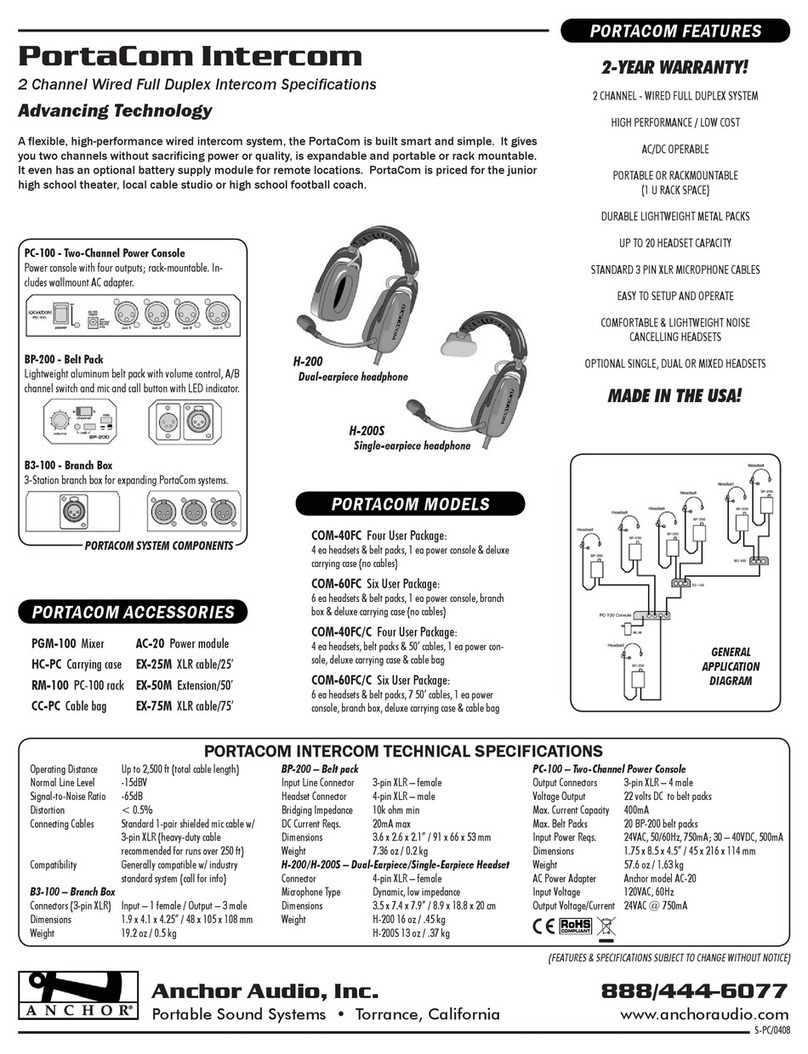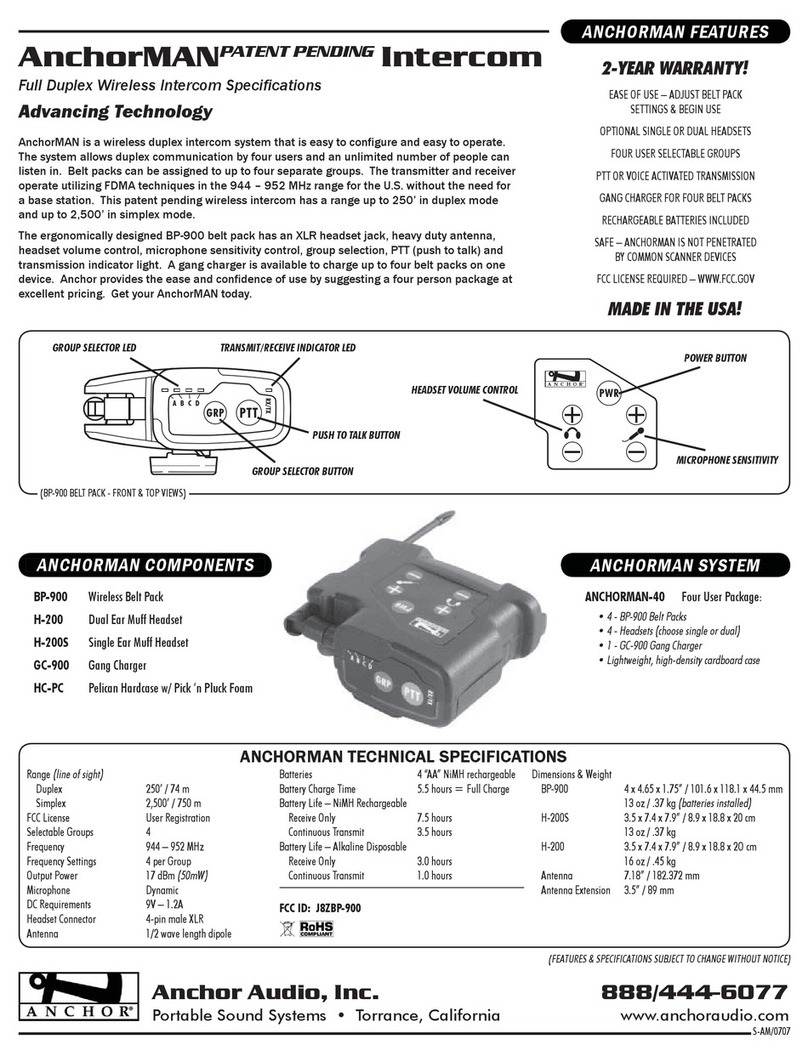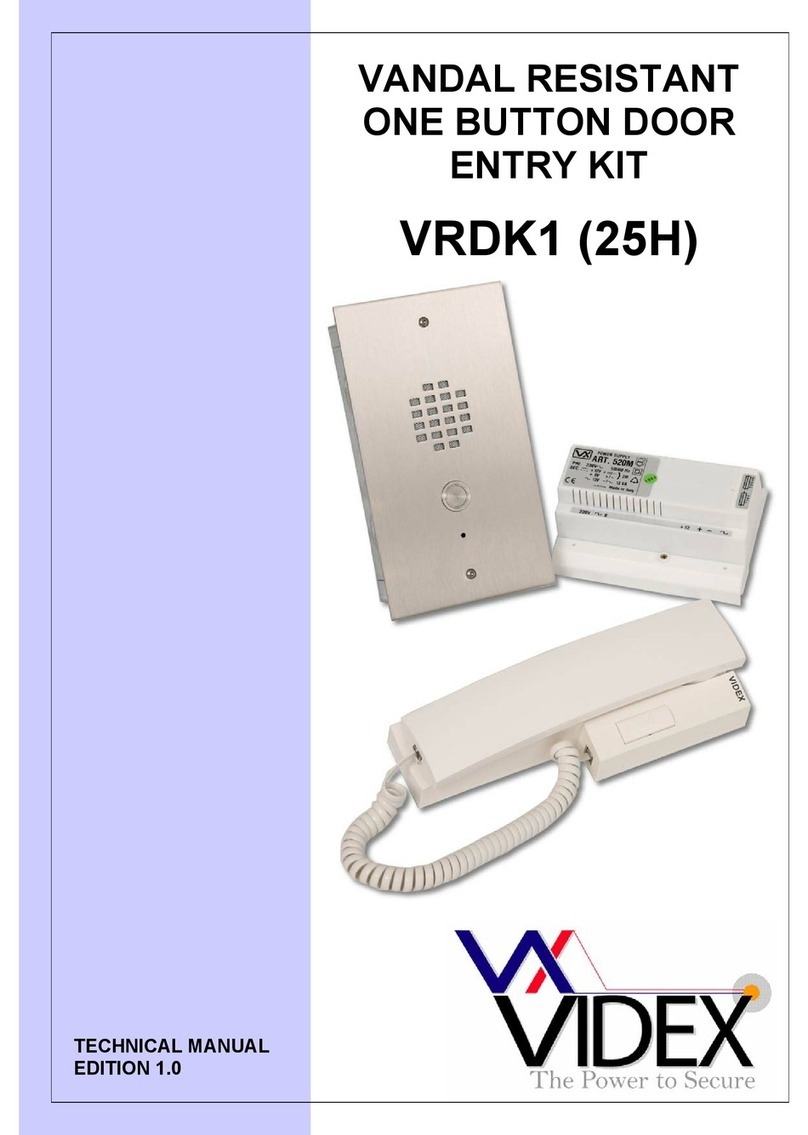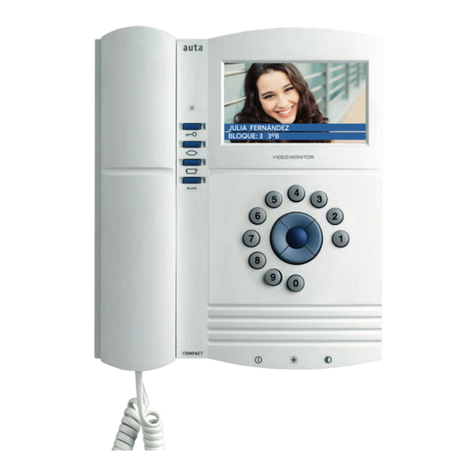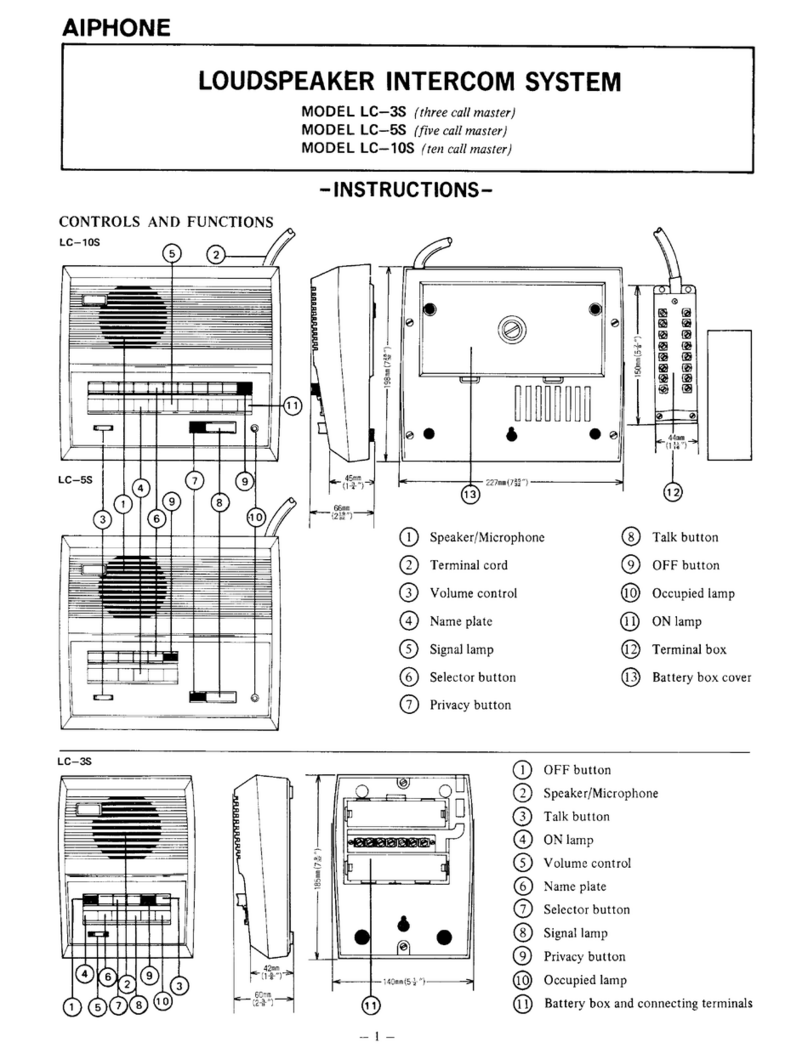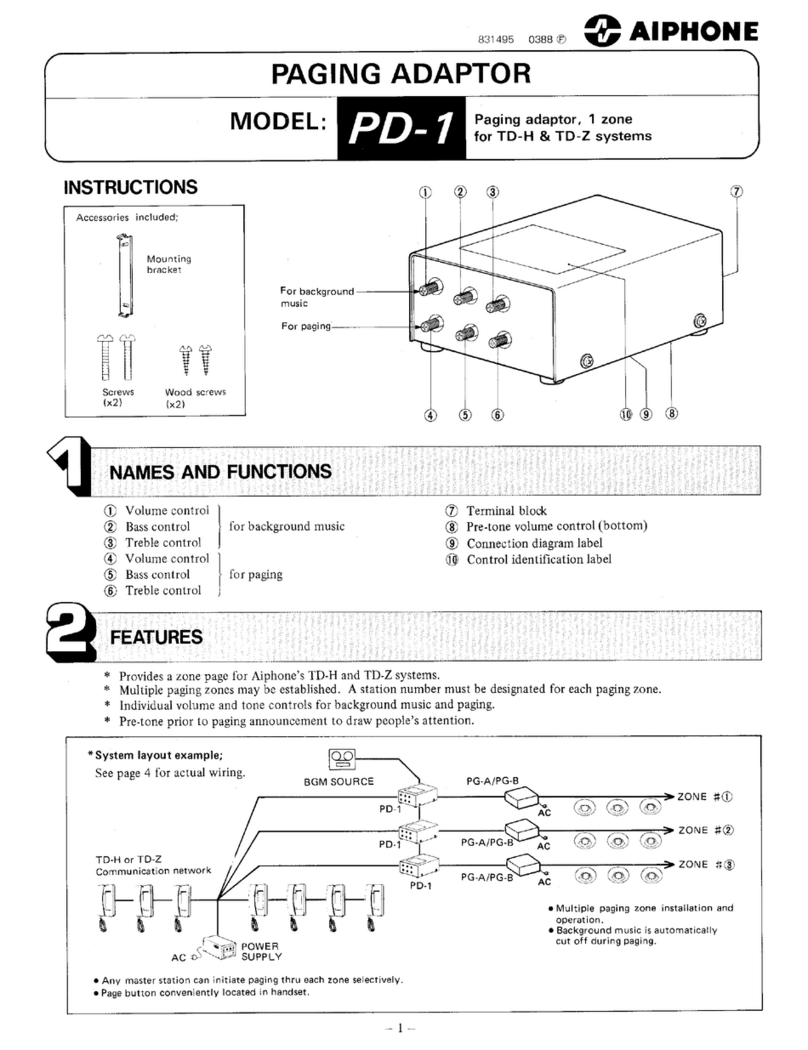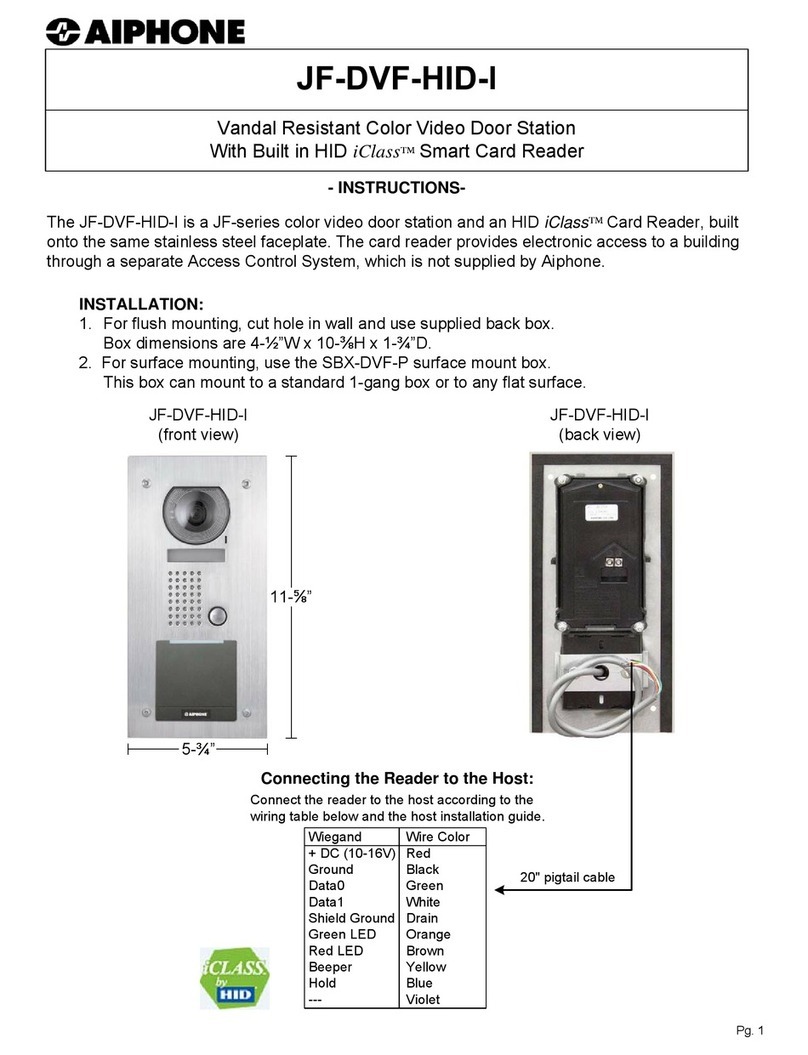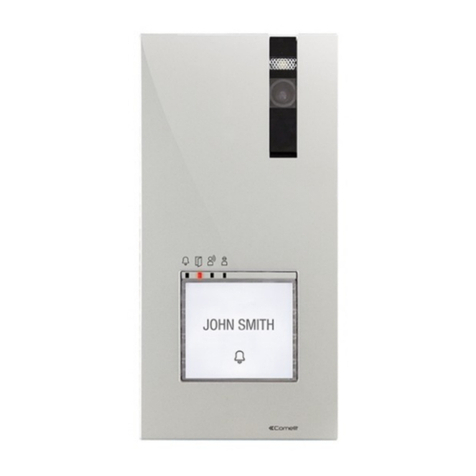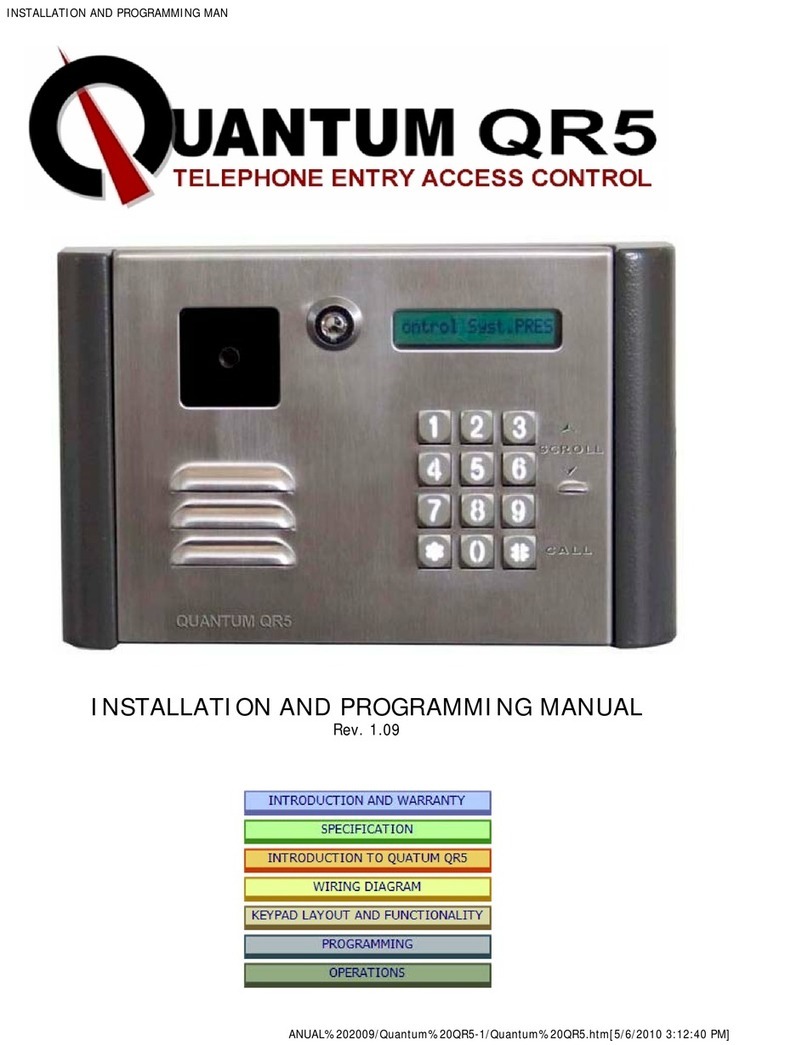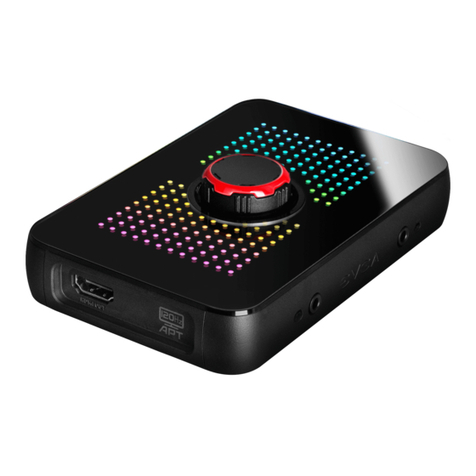Anchor KP-800C Operating manual
Other Anchor Intercom System manuals
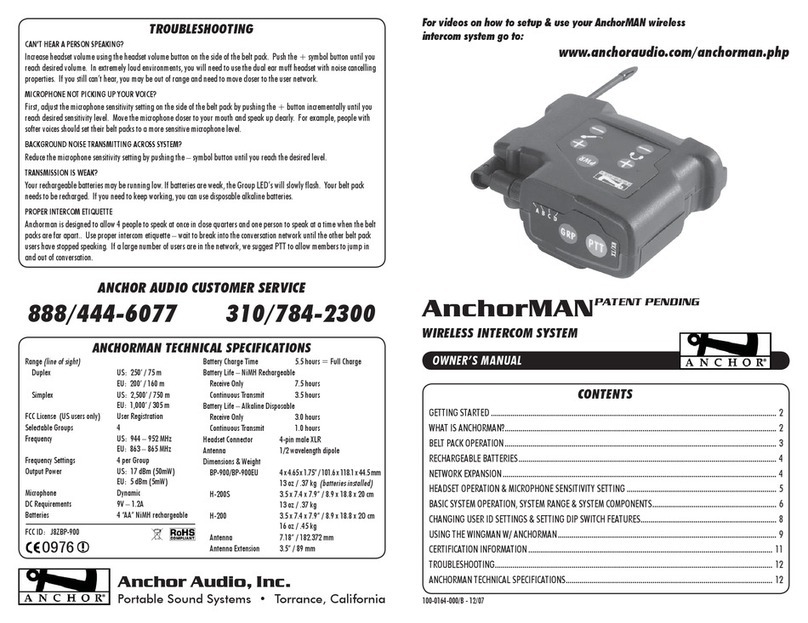
Anchor
Anchor AnchorMAN WM-900 User manual

Anchor
Anchor ProLink User manual
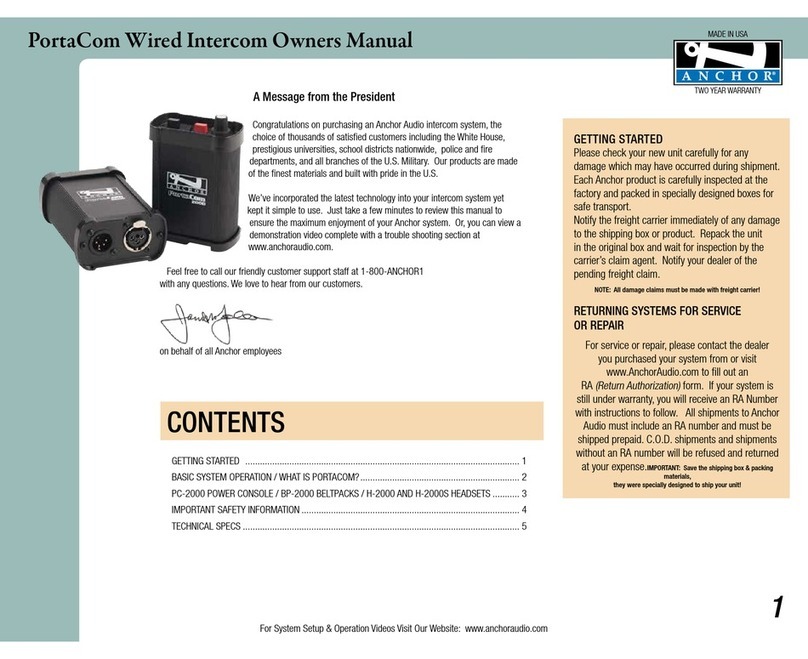
Anchor
Anchor PortaCom User manual

Anchor
Anchor PRO-570 User manual
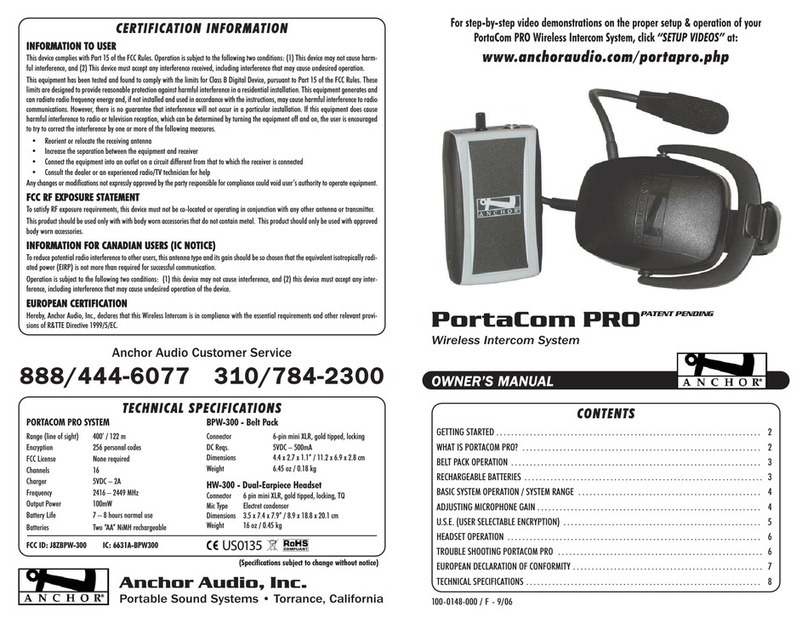
Anchor
Anchor BPW-300 User manual

Anchor
Anchor PortaCom PC-100 User manual
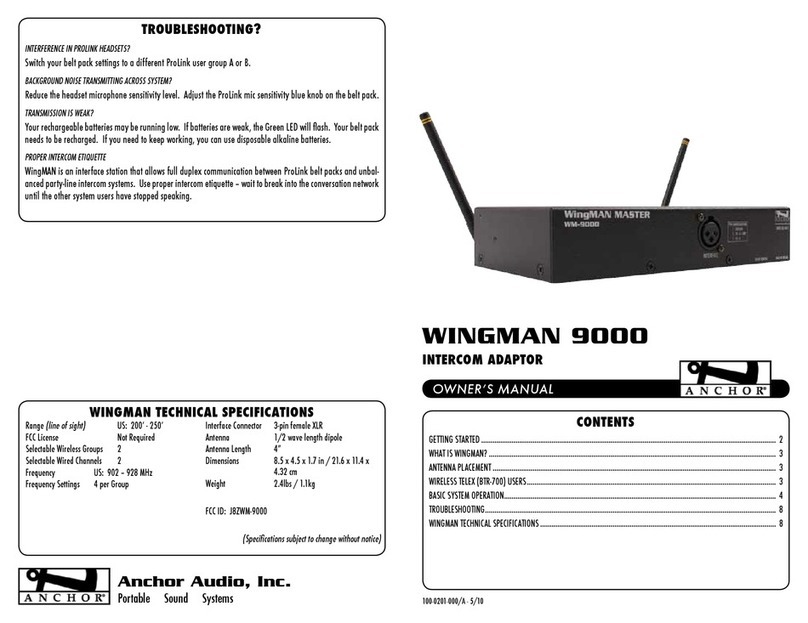
Anchor
Anchor WINGMAN 9000 User manual

Anchor
Anchor AnchorMAN User manual

Anchor
Anchor PGM-2000 User manual

Anchor
Anchor H-200S User manual
Popular Intercom System manuals by other brands
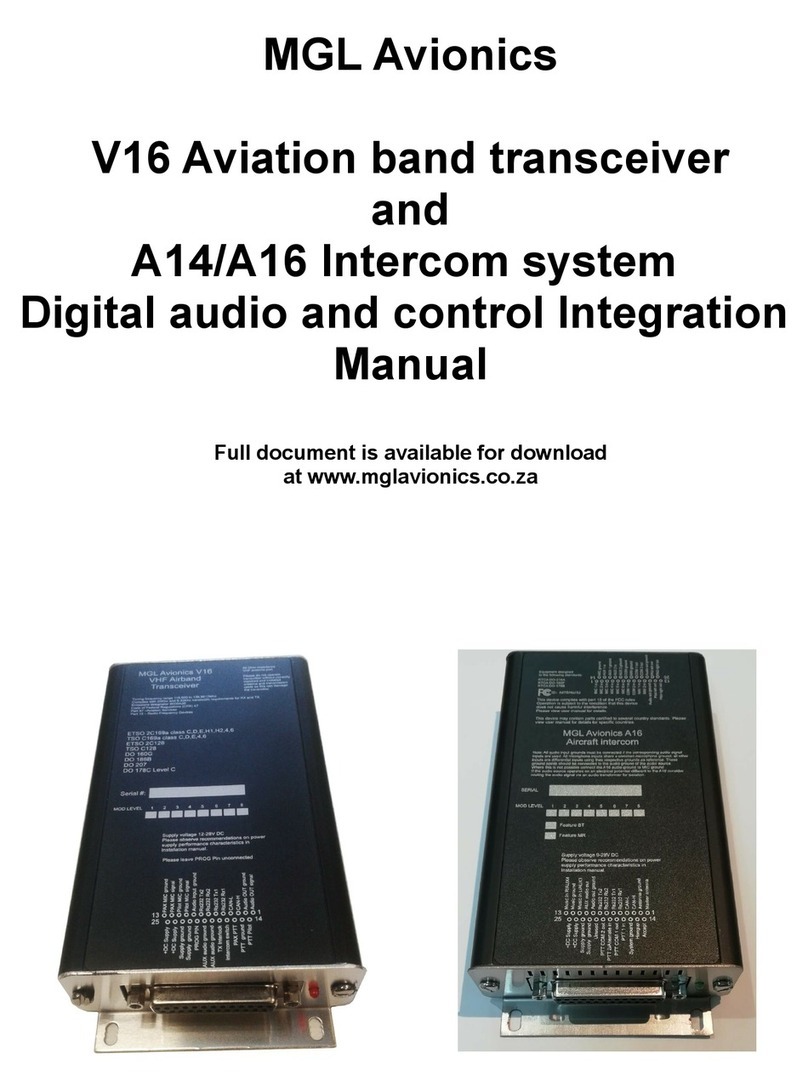
MGL Avionics
MGL Avionics V16 manual

SSS Siedle
SSS Siedle BVI 750-0 Installation & programming
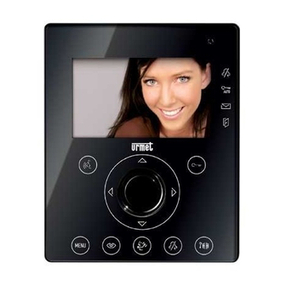
urmet domus
urmet domus AIKO 1716/1 quick start guide

urmet domus
urmet domus IPerVoice 1039 Installation
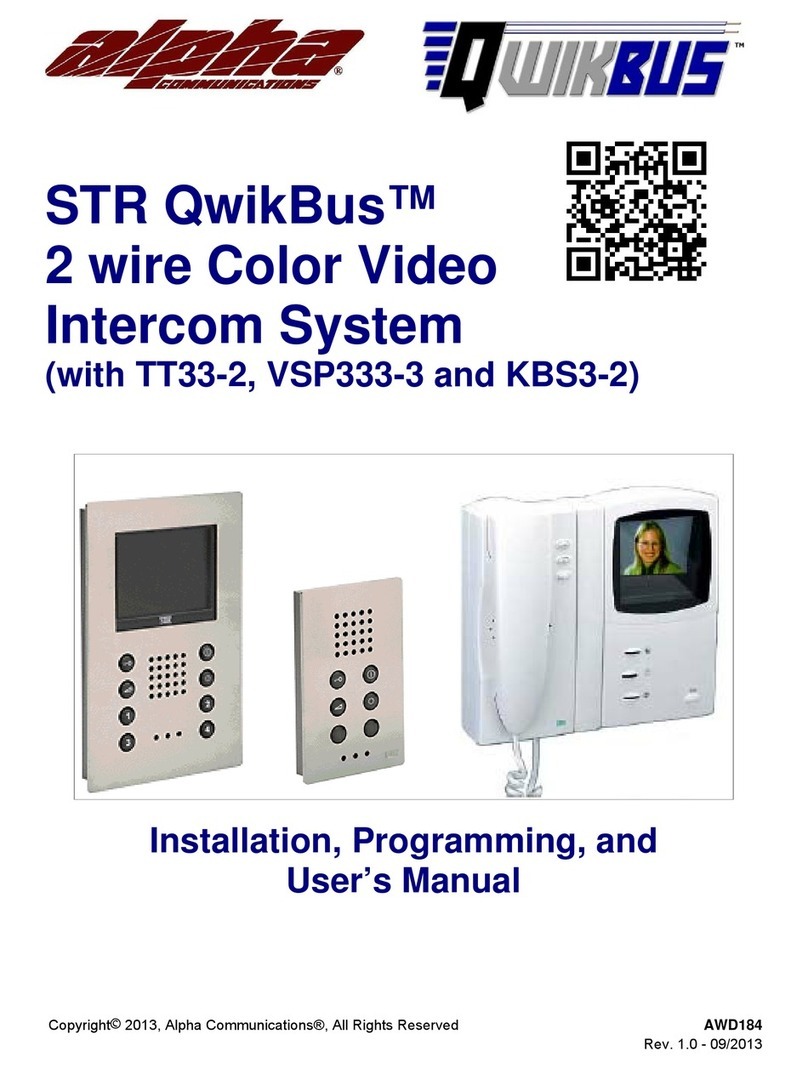
Alpha Communications
Alpha Communications STR QwikBus TT33-2 Installation, programming, and user's manual

Monacor
Monacor ICM-20H instruction manual

